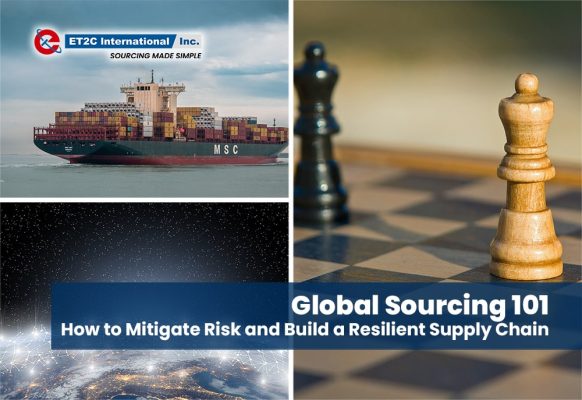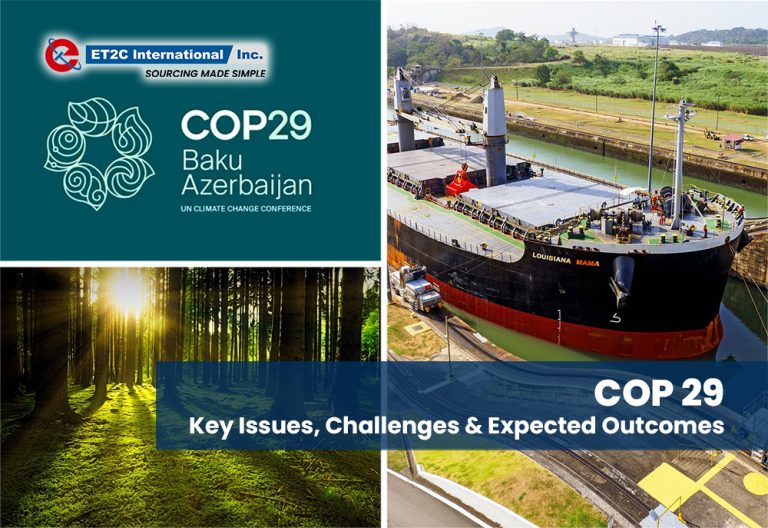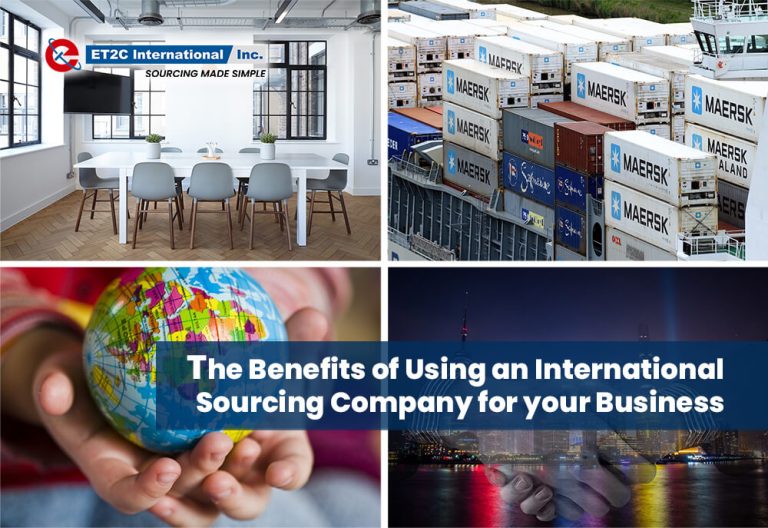

The Challenges of Global Sourcing
In today’s interconnected world, many businesses are turning to global sourcing to reduce costs and improve efficiency. However, global sourcing also comes with its own set of challenges, such as supplier risk, quality control, and logistical complexities. This article provides a guide to navigating the challenges of global sourcing and building a resilient yet agile supply chain. identifying key risk areas, strategies for supplier evaluation and diversification, and best practices for quality control.

The benefits to business of strategic sourcing globally are huge and have been a foundation for many companies and brands to successfully develop their business. The cost and quality of the products available in some markets is so strong that not to source globally can put companies at a serious competitive disadvantage in their markets.
Whilst the benefits are well known and recognised the complexity and challenges of creating and implementing a global sourcing and procurement strategy can be daunting ? The last few years of Post Covid turmoil have demonstrated the importance of strong resilient supply chains that can deliver the product your company needs at the quality required.
To these traditional procurement challenges are the reputational and risk issues from Social and Environmental factors that need to be understood and measured. An increasingly important factor in the responsibilities of the Procurement teams in many companies.
These factors are consistent across all sourcing whether near or offshore, however they can prove more challenging to manage when the value chain is stretched across many miles, time zones and languages.
ET2C International Strategic Sourcing and Procurement Specialists
We are a leading Global Sourcing company with over twenty years’ experience working with our clients. Our team of over 200 colleagues are based in seven offices in key international sourcing markets across Asia.
We work with our clients to make their global sourcing simple, becoming their bridge to their supply partners. Where time zones, language, business communication expectations or QC can become challenging.
Our team of experts can help you build and deliver your sourcing strategy and ensure you are working with the right factory partners. Giving you independent feet on the ground and confidence with fast responses, removing time zone and language challenges. If you would like to explore sourcing opportunities or see how we have worked with clients to manage risk, quality and compliance across their supply chain.
Please message us at contact@et2cint.com we would be happy to share some examples of how we work.

Measuring and managing reputational and supply chain risk
The first task in managing risk is to understand and bring visibility to the diverse risk elements in a sourcing strategy.
Whilst many of these issues can be managed with a degree of simplicity for shorter or in country supply chains. As supply chains and partners become extended across market and time zones the challenges can mount.
Overall risk assessment and mitigation should be approached by breaking down overall risk into core areas. The extension across the globe can build complexity.
Identification, assessment and management of global supply chain risk
1.Supplier Evaluation and Selection: Conduct thorough due diligence and assess potential suppliers based on their track record, reputation, financial stability, production capabilities, quality control measures, and compliance with regulations.
2.Supplier Relationship Management: Establish strong relationships with your suppliers based on trust, open communication, and transparency. Regular communication and shared vision can move relationship from one of delivering forecast to one built on partnership and shared vision for growth.
3.Diversification of Suppliers: Avoid overreliance on a single supplier or region. Diversify your supplier base to minimize the impact of disruptions, such as natural disasters, political instability, or changes in trade policies. Building strong supplier relationships can be create resilience in your supply chain but having potential back up suppliers can be valuable.
4.Risk Assessment and Contingency Planning: Identify potential risks that could impact your sourcing operations, such as supply chain disruptions, currency fluctuations, quality issues, or regulatory changes. Develop contingency plans to address these risks, including alternative sourcing options, backup suppliers, and risk mitigation strategies.
5.Quality Control and Product Testing: Implement stringent quality control measures to ensure that products meet your specified standards. Conduct regular inspections, audits, and product testing to verify compliance with quality requirements and safety regulations. Implementing robust quality control processes helps minimize the risk of receiving substandard products.
6.Intellectual Property Protection: Protect your intellectual property rights by implementing appropriate legal measures, such as non-disclosure agreements, trademarks, copyrights, and patents. Work with suppliers who respect and adhere to intellectual property regulations and have a clear understanding of your IP protection requirements.
7.Compliance and Ethical Standards: Ensure that your suppliers comply with ethical and social responsibility standards. Verify that they adhere to labour laws, environmental regulations, and international standards, such as the International Labour Organization (ILO) conventions and responsible sourcing initiatives.
8.Continuous Monitoring and Performance Evaluation: Regularly monitor the performance of your suppliers and evaluate their ability to meet your expectations. Continuous monitoring allows you to identify potential risks and take corrective actions proactively.
9.Supply Chain Transparency: Establish transparency in your supply chain by mapping the entire sourcing process and understanding the various tiers of suppliers involved. Promote ethical practices, sustainability, and traceability throughout the supply chain to mitigate risks related to social and environmental impacts.
10.Stay Informed and Engage Experts: Stay updated on global market trends, economic indicators, geopolitical developments, and regulatory changes that may impact your sourcing operations. Engage industry experts, consultants, or sourcing partners who have in-depth knowledge and experience in global sourcing to provide guidance and insights.

Summary Releasing the value in your Supply chain from Global Sourcing
The benefits of a strong global sourcing strategy are clear but to fully realise all the benefits requires planning and focus. As many procurement and sourcing teams are under huge time pressure and so may not have the time of the skill sets to deliver a global sourcing strategy. Working with a trusted partner with a track record of delivery can be critical can ensure that the benefits are delivered without any of the pitfalls.
Conclusion delivering the benefits of Global Sourcing and Procurement
For many companies building and executing a global sourcing strategy is becoming business critical. A well constructed sourcing strategy can deliver:
-Incremental operating profit
-Short term capacity build
-Fast Product Innovation delivery
-Increased market competitiveness
ET2C International have over twenty years experience delivering and executing strategic sourcing.
Our colleagues are baes in all the major sourcing markets in Asia, Turkey and South America.
For more information or to discuss how we could help you with your sourcing challenges or ambitions please drop us a line at contact@et2cint.com








